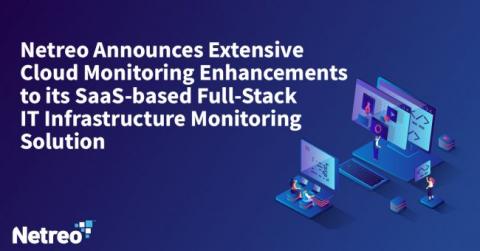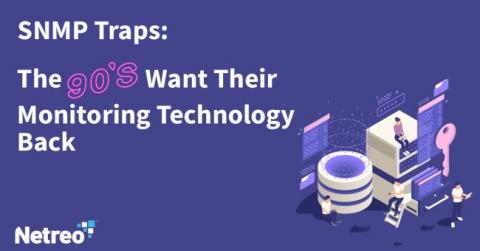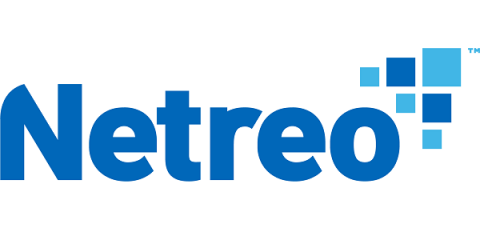FAQ - Netreo Azure and AWS Monitoring Capabilities
Netreo SaaS delivers a single solution for simplifying how IT organizations optimize today’s hybrid blend of on-premises, public and private clouds that are common in complex, global enterprise infrastructures. With the upcoming release of cloud monitoring enhancements coming in March, Netreo SaaS will provide even greater, multi-cloud monitoring capabilities and extended functionality for Microsoft Azure and AWS cloud customers.











